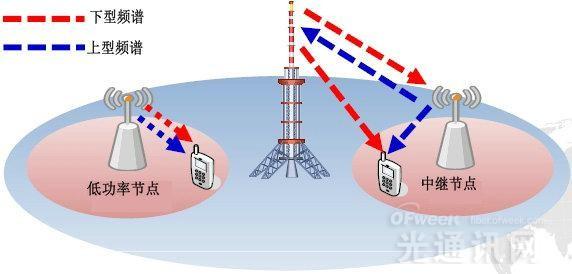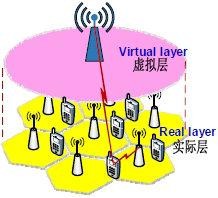China Telecom’s 5G mobile communications core technology perspective
As one of the three major mobile communication operators in China, China Telecom has a vision for the future of 5G ( What are the views on the core technologies of the fifth generation mobile communications? A full introduction is provided below.
Because it involves technology and is relatively boring, the language should be as concise as possible, and it is suitable for collection and reading later.
Following related series of articles will introduce more details in time.
1. Flexible full-duplex technology
1) Development background
(1) in In the FDD system, the uplink and downlink are asymmetric and the uplink is not fully utilized
(2) The traffic adaptation of the FDD system is not flexible yet
2 )Application scenario
As shown in Figure 1, it has two major application scenarios: low-power nodes and signal relay

Figure 1 Application scenario of full-duplex mobile communication technology
3) Potential utilization of uplink spectrum

Figure 2 Method 1: Configure TDD carrier in the uplink frequency band

Figure 3 Method 2: Supplementary configuration of downlink carrier in the uplink frequency band
4) R&D content
(1) Up/downlink adjacent frequency bands Coexistence issues
(2) Management issues of uplink/downlink cross-link interference
(3) Physical layer mechanism (such as frame structure, HARQ timing)
2. Super dense network
1) Development background
The ultra-high traffic density requirements of future 5G networks should be met.
In order to meet future mobile services Rapid development demands, in addition to larger spectrum bandwidth and more advanced wireless access technology, 5G networks also require new wireless network architectures.

Figure 4 Schematic of ultra-dense heterogeneous networking
2) Challenges faced
(1) Inter-site interference will be more serious
(2) Network The switching frequency will increase, thus,The switching failure rate will increase
(3) It will be impossible to build high-speed wired backhaul for all base stations
3) R&D content
( 1) Interference cancellation mechanism: more advanced CoMP (Cooperative Multi-station Transmission), advanced receiver
(2) Virtual layer technology: used to reduce network switching frequency
(3) Hierarchical backhaul architecture: wired + wireless backhaul
4 ) Virtual layer technology
(1) Put the control surface Place it on the virtual layer and place the data surface on the actual layer
(2) Mobile users in the same virtual layer No need to reselect or switch base stations
 < /p>
< /p>
Figure 5 5G group of virtual layer technology Network architecture